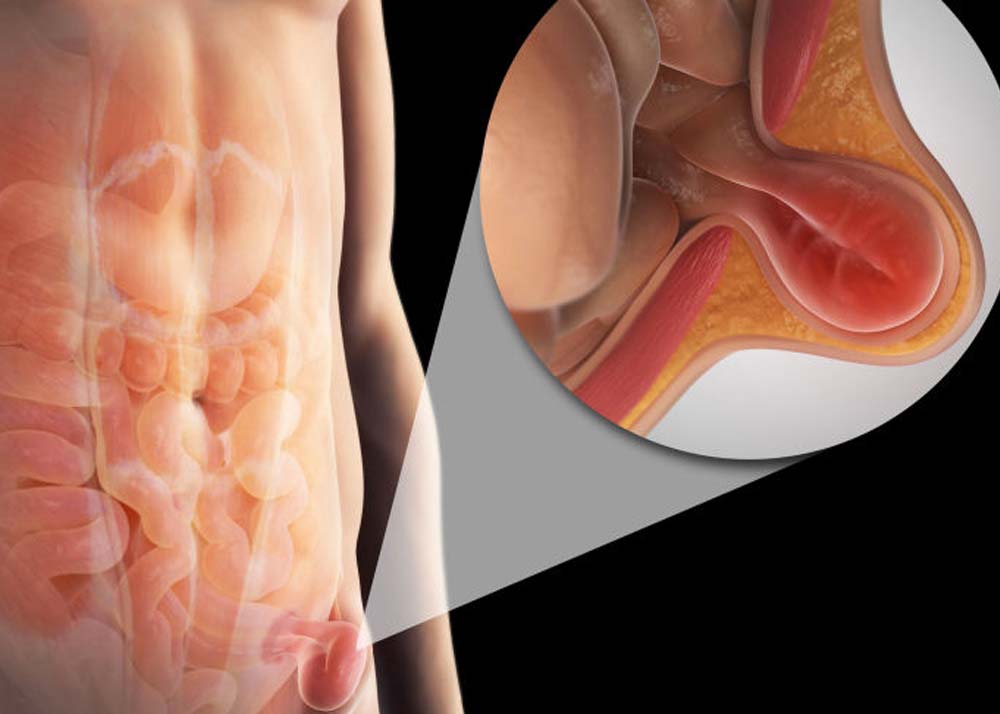What is a Hernia?
You’ve probably heard people talk about hernias before, but unless you’ve experienced one or know someone who has, you may not know exactly what it is. A hernia is when a person’s organs, e.g. intestines, protrude through a weakened section of the abdominal wall (which can be present from birth or could be the result of events such as surgeries or child birth) typically resulting in a bulge or lump. The most common treatment for hernias is surgical removal with over 40,000 Australian’s having the operation yearly. The four most common times on hernia are:
- Inguinal: Occurring at the groin (most common, 9/10 cases).
- Femoral: High on the leg near hip joint.
- Umbilical: At the naval.
- Incisional: At the sight of a surgical operation.
In addition to the above types, hiatus hernias can also occur. A hiatus hernia is when a portion of the oesophagus and stomach protrudes the weakest point in the diaphragm. This can lead to difficulty swallowing and cause heartburn.
Exercising with a hernia, is it safe?
Absolutely! Performing exercise with an accredited exercise physiologist or physiotherapist is not only safe, but will ensure you don’t lose all your progress you worked hard to achieve prior to the hernia. However, when you are getting your additional exercise outside of your regular session with your EP/physiotherapist the main thing to remember is to reduce intra-abdominal pressure. Intra-abdominal pressure is an increase in pressure in the abdominal cavity that occurs through increased exertion or a strong activation of the core muscles. Exercises to avoid include:
- Some core exercises such as crunches, planks, sit-ups and some more advanced Pilates exercises.
- Heavy lifting, such as high intensity deadlifts and squats.
- Contact sports or high impact physical activities.
As you can see, there are still plenty of good exercises we can do! Examples of some good exercises include:
- Aerobic exercise.
- Glute bridges.
- Breathing exercises.
- Clams and other Gluteus Medius strengthening exercises.
- Un-weighted or low intensity functional movements e.g. body weight squats.
- Postural strengthening exercises.
If you have a hernia, or any other medical/health condition for that matter, please feel free to contact Optimum Health Solutions to find out how we can help you.








